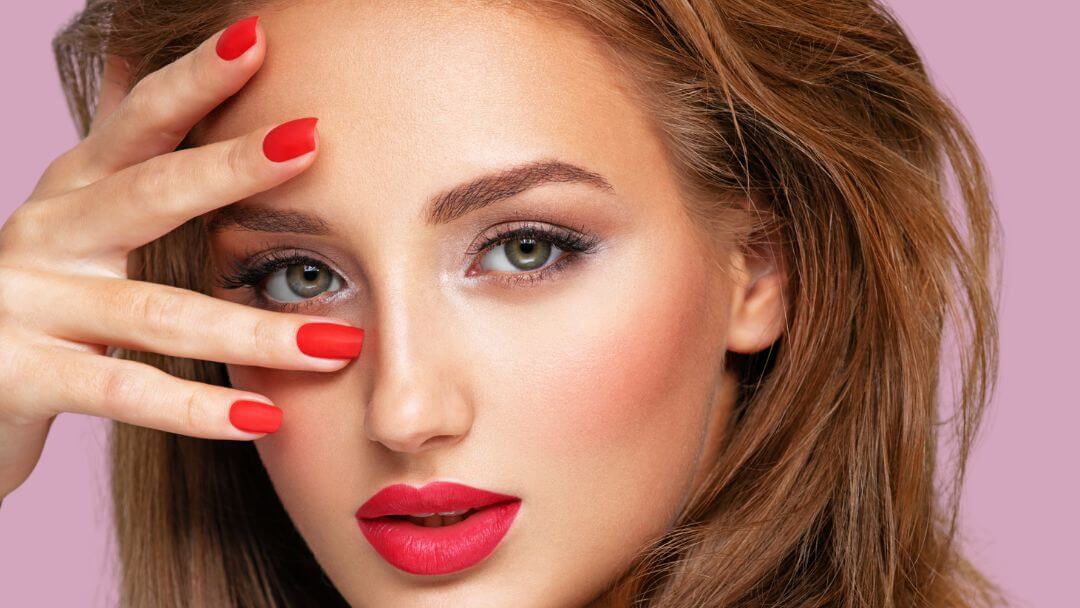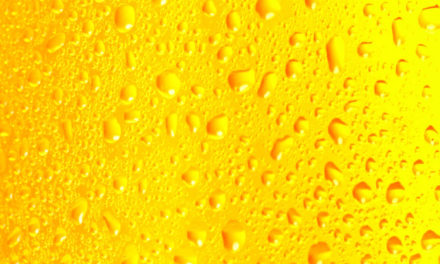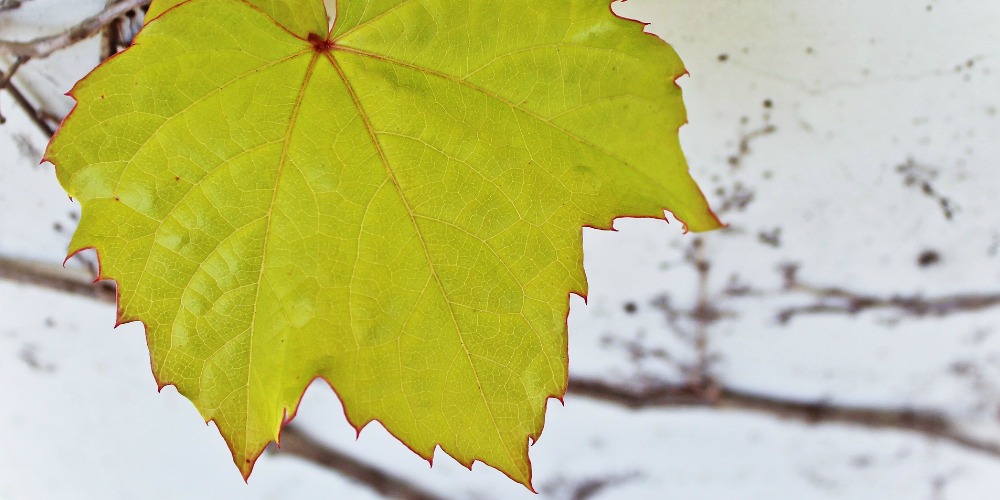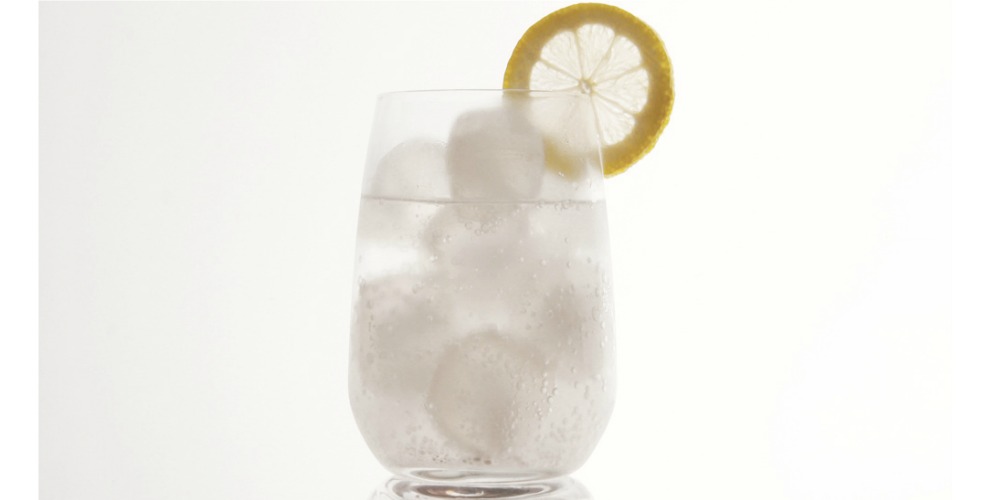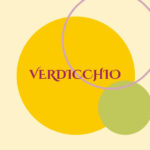Have you ever wondered why red wine is red? With its rich, alluring colour and complex flavours, red wine has been enjoyed by wine enthusiasts for centuries. Its deep ruby, garnet, or even purple hues evoke a sense of sophistication and warmth, making it a staple in many social gatherings and special occasions. But what gives it that distinctive and captivating hue? Let’s find that out on this National Red Wine Day (in the USA).
The Role of Grape Variety
To understand why red wine is red, we must first look to its primary ingredient: grapes. The colour of red wine is largely influenced by the grape variety used in its production. There are numerous red grape varieties, each with its unique characteristics that contribute to the final colour and taste of the wine. Some of the most popular red grape varieties include Cabernet Sauvignon, Merlot, Pinot Noir, Syrah (Shiraz), and Malbec, to name a few.
Anthocyanins: The Pigments Behind Red Wine
The key compounds responsible for the red colour in red wine are known as anthocyanins – and this is mainly why red wine is red. These are water-soluble pigments found in the skin of red grapes. They belong to a class of flavonoids, which are natural compounds responsible for various colours in fruits, vegetables, and flowers. Anthocyanins are also responsible for the vibrant colours seen in blueberries, cherries, and red cabbage.
During the winemaking process, these anthocyanins are extracted from the grape skins and leach into the grape juice. The longer the grape skins are in contact with the juice during fermentation, the more intense the colour of the resulting wine. This is why wines that undergo extended maceration periods tend to have deeper and darker hues.
The Influence of Winemaking Techniques
Aside from grape variety and maceration time, winemaking techniques also play a significant role in determining the colour of red wine. For instance, the use of oak barrels during ageing can introduce slight tinges of brown or orange to the wine’s colour, especially in older vintages.
Additionally, blending different grape varieties can also affect the final colour of the wine. Winemakers carefully select and blend different grape varieties to achieve the desired colour, taste, and complexity in the wine. For example, blending a small amount of a deeply pigmented grape variety with a lighter one can create a more vibrant and intense red colour.
The Impact of Climate and Terroir
Beyond the vineyard and winemaking process, external factors like climate and terroir also influence the colour of red wine. Grapes grown in warmer climates tend to have more exposure to sunlight, which can intensify the development of anthocyanins in the grape skins. As a result, wines produced in warmer regions may exhibit deeper and darker red hues.
Moreover, the unique combination of soil, climate, and geographical characteristics, collectively known as terroir, can also impart specific traits to the grapes, including their colour. For instance, grapes grown in volcanic soils may have different anthocyanin compositions compared to those grown in limestone-rich soils, leading to variations in colour and taste.
Age and Evolution of Red Wine
As red wine ages, its colour can evolve and change. Young red wines typically have vibrant and intense colours, while older wines tend to display more brick-red, brownish, or orange hues. This transformation is a result of various chemical reactions occurring in the wine over time, including the breakdown of anthocyanins and the formation of new pigments.
Shades of Red and Their Characteristics
The colour spectrum of red wines is a fascinating aspect that not only adds to its visual appeal but also provides valuable insights into its characteristics. Wine experts and sommeliers often use a range of colour descriptors to communicate specific attributes about the wine. Let’s explore the different hues of red wine and the characteristics they reveal:
1. Purple Red:
Young and exuberant, purple-hued wines showcase the wine’s freshness and primary fruit flavours. This colour is often seen in recently released red wines that have had minimal ageing. Wines with a purple hue tend to be more fruit-forward, with bold, juicy, and lively characteristics. As these wines mature, their purple tones will deepen into more complex shades of red, indicating a transformation in flavour and structure.
2. Ruby Red:
Ruby red wines are youthful and vibrant in colour, reminiscent of the gemstone from which they derive their name. These wines are typically lighter in body and may exhibit fresh and fruity aromas. Younger red wines, such as Beaujolais Nouveau, often display a beautiful ruby hue. In general, ruby red wines are lighter and more approachable, making them ideal for easy-drinking and pairing with a variety of dishes.
3. Garnet:
As red wines age, their colour can evolve into a beautiful garnet shade. Garnet red wines are a sign of maturity and indicate that the wine might have spent some time in oak barrels or bottles, allowing it to develop complex flavours and aromas. These wines often showcase earthy and herbal notes, and their tannins may have softened over time, resulting in a smoother mouthfeel. Examples of wines with a garnet hue include aged Bordeaux and Chianti Classico.
4. Orange Red:
Orange red is a distinctive colour found in older red wines that have undergone extensive ageing. It is a shade that sits between red and brown, and it signifies a high level of development and perhaps oxidation in the wine. This shade of red wouldn’t be expected in younger wine – if present, it’s a negative factor. Orange red wines may offer delicate aromas of dried fruits, leather, and tobacco, with a palate that exhibits a fine balance between fruit and tertiary flavours. These wines are best enjoyed when paired with hearty, rich dishes that complement their mature and refined profile.
5. Deep Crimson:
Deep crimson red wines exude intensity and concentration. These wines are often full-bodied and robust, with deep flavours of dark fruits, spices, and rich tannins. The deep crimson colour suggests that the wine has been crafted from fully ripe grapes and may have undergone extensive maceration during winemaking, extracting ample colour and flavour compounds. Bordeaux blends and Syrah wines are examples of wines that often exhibit a deep crimson hue.
6. Tawny:
While tawny is more commonly associated with Port wines, it’s worth mentioning due to its unique colour and characteristics. Tawny wines have a beautiful amber or reddish-brown hue, which is the result of extended ageing in wooden barrels. These wines undergo slow oxidation, developing nutty, caramel, and dried fruit aromas. Tawny wines tend to be medium to full-bodied, with a smooth and luscious mouthfeel, making them ideal for savouring after a meal or pairing with desserts.
The Relationship Between Hue and Characteristics
The colour of red wine is a valuable indicator of its age, style, and potential flavour profile. Young, vibrant hues such as ruby red and purple suggest youthful and exuberant wines, often showcasing primary fruit aromas and lively acidity. As red wines age, their colours tend to evolve into deeper shades like garnet and brick red, signifying a progression in flavour complexity and the integration of tannins.
Additionally, the depth of colour in red wines can provide insights into their body and concentration. Wines with a deep crimson or garnet hue are likely to be full-bodied and rich in flavour, while lighter ruby red wines tend to be more delicate and approachable.
Overall, understanding the relationship between the hue of red wine and its characteristics allows you to make informed choices, appreciate the nuances of each wine, and pair them harmoniously with different cuisines. You get an idea of what the wine will be like before even tasting it!
In conclusion, the mesmerising red colour of red wine is a product of several factors, from the grape variety and winemaking techniques to the climate, terroir, and ageing process. The intricate dance of anthocyanins in the grape skins during fermentation is what infuses the wine with its captivating hues.
Next time you get a glass of red wine, whether it’s a velvety Merlot, a robust Cabernet Sauvignon, or a delicate Pinot Noir, take a moment to appreciate its colour before sipping it.
🍷🍇🍷

